This post is also available in: Español (Spanish)
Weather doesn’t discriminate, but when tropical storm Cristóbal hit Mexico two weeks ago, it devastated some of the country’s most marginalized communities. Local groups are organizing response efforts and appealing for support from public and private sectors.
By some measures it’s already been the most active Atlantic hurricane season on record. Never before are three named storms known to have develop before June 5. Cristóbal was the third this year, causing floods in El Salvador and Guatemala before making landfall on Mexico’s Yucatán Peninsula June 3.
Cristóbal arrived as a tropical storm and became a slow-moving tropical depression that for three days swamped the states of Campeche, Yucatán, Quintana Roo and parts of Chiapas. Thousands of families were displaced, roads washed out, communities cut off, thousands of apiaries and more than 80 percent of crops in the heavily agrarian region destroyed.
The humanitarian implications of the disaster on this heavily Indigenous and rural area are potentially catastrophic.
The Yucatán Peninsula was already struggling with a rising number of COVID-19 cases and an overwhelmed medical system, says Nora Tzec Caamal, who heads the Indigenous community organization Ka’ Kuxtal Much Meyaj in the municipality of Hopelchén, Campeche. Then the storms hit, devastating much of the region, especially Hopelchén. Now, she says, “our main concern is food,” with cornfields and Mayan vegetable gardens and livestock flooded. Another concern, she says, is the spread of diseases from mosquitos and contaminated water. Not to mention heightened risk of coronavirus infection.
La apicultura, que en muchas poblaciones mayas es la principal actividad económica, se encuentra en riesgo: miles de cosechas se han perdido en los estados de Yucatán y Campeche en México por las tormentas tropicales. pic.twitter.com/5KR9YQJ88U
— ajplusespanol (@ajplusespanol) June 16, 2020
In the long run, the disaster will likely increase economic hardship and food insecurity in an area with historically high levels of poverty. The coronavirus had already worsened conditions by wiping out the nearby tourism on which many locals rely, as well as hurting commerce, construction and fishing. Now, Indigenous communities that live on agriculture, beekeeping and forestry have seen their livelihoods drown.
Response on the national level has been quiet. In normal times these Indigenous and rural communities don’t feature heavily in Mexican or international news, but the near silence on this humanitarian disaster is still frustrating to many working in the area.
“Indigenous peoples have for centuries developed practices that promote a respectful relationship with the land and are rooted in their identities and histories,” says Alejandra Garduño, WKKF program officer based in Mexico City. In Mexico, over the last 20 years, they have also been fighting against public policies that promote the intensive use of land and megaprojects that damage the environment. Today the impact of the storms is surely greater as a result of these policies and practices, as well as the violation of human rights. Invisibility creates a space for these violations to continue.”
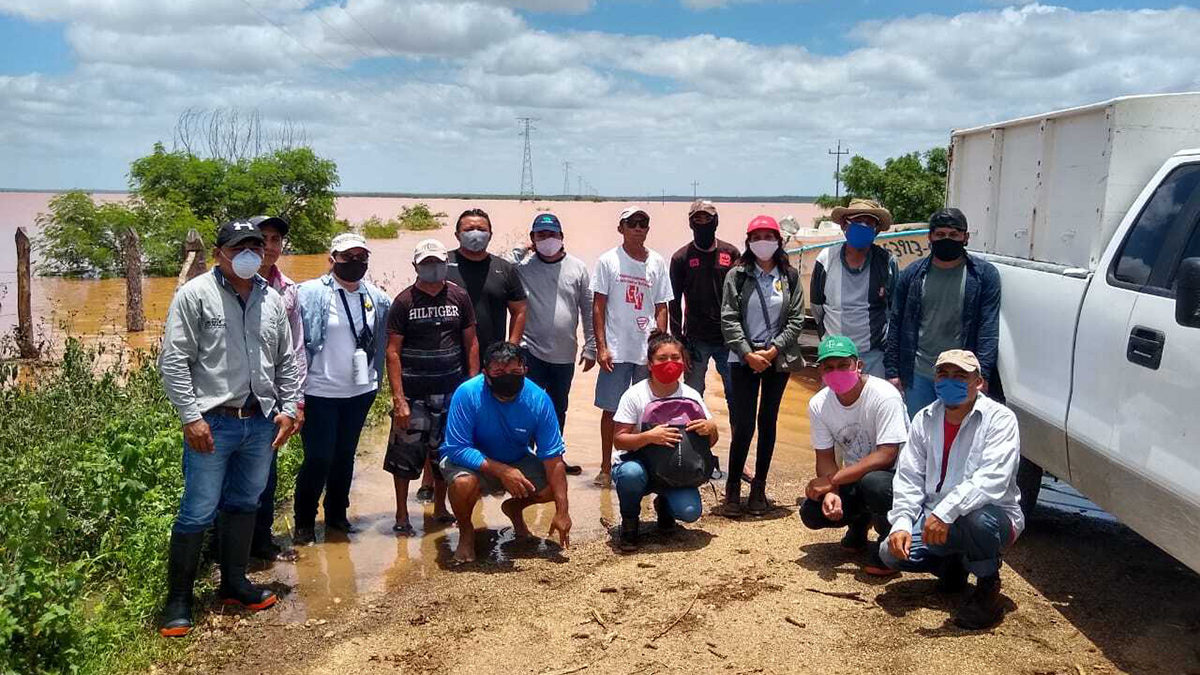
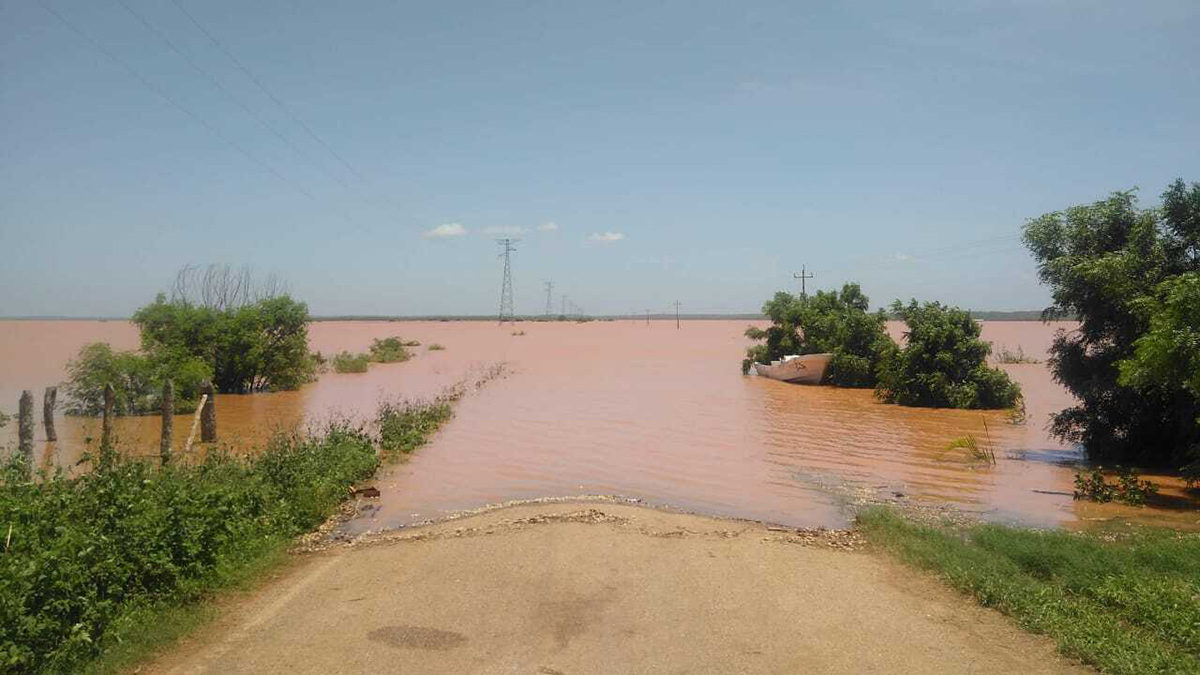

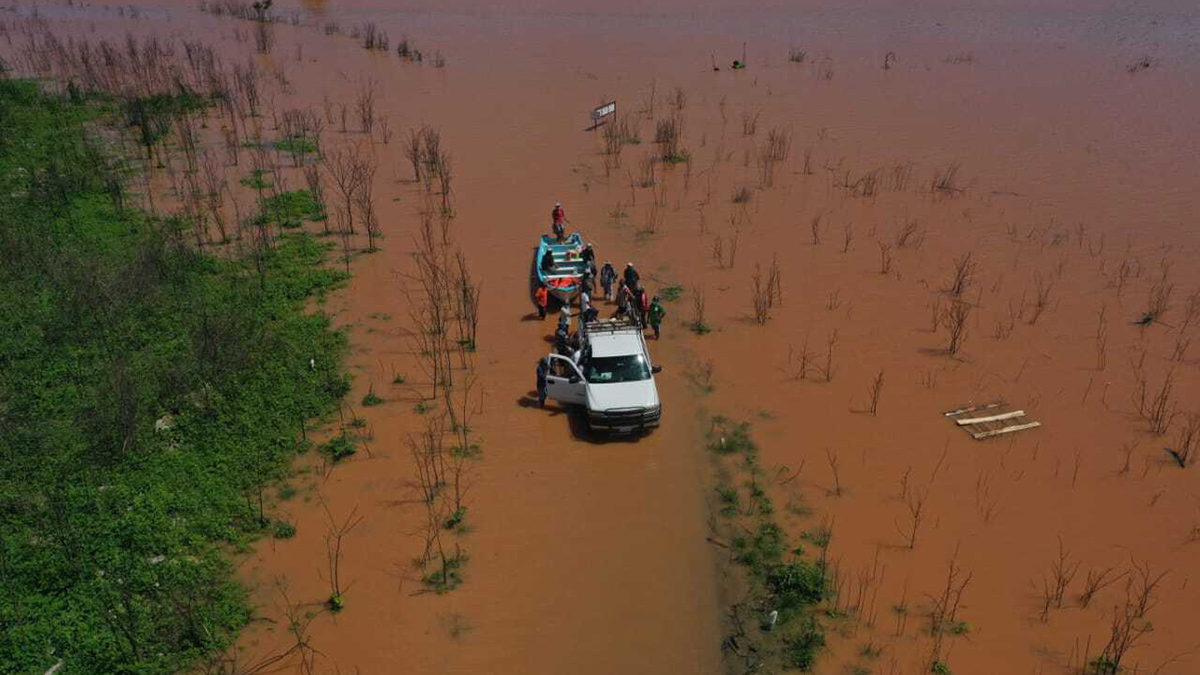
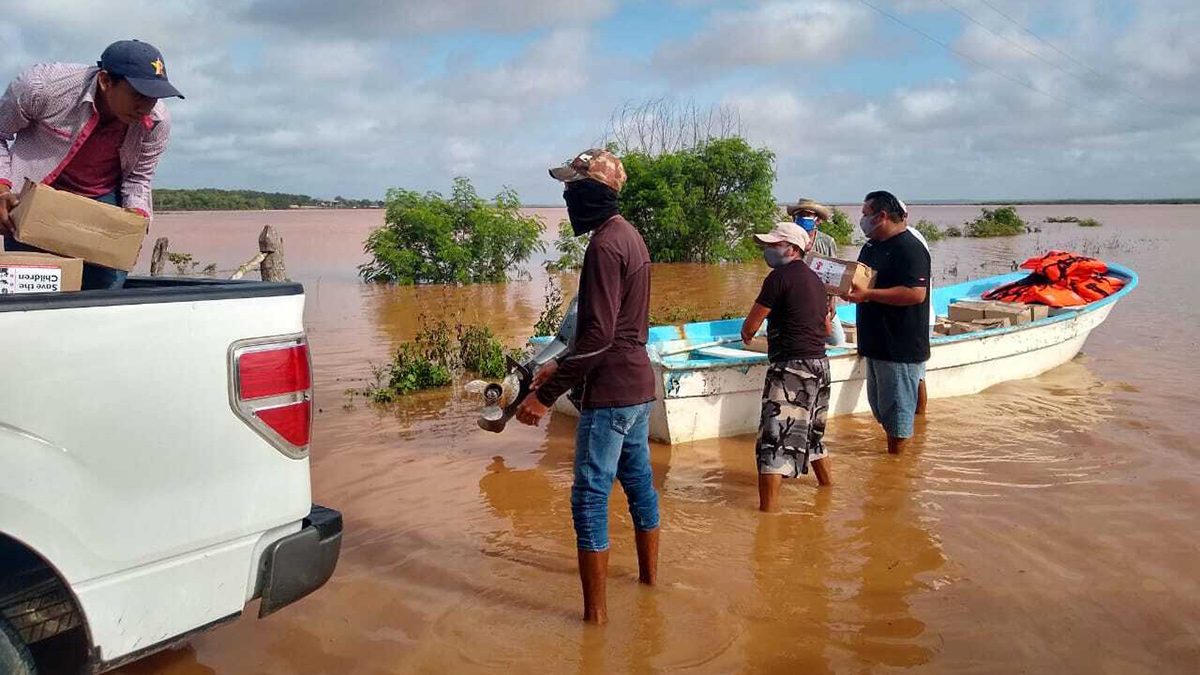
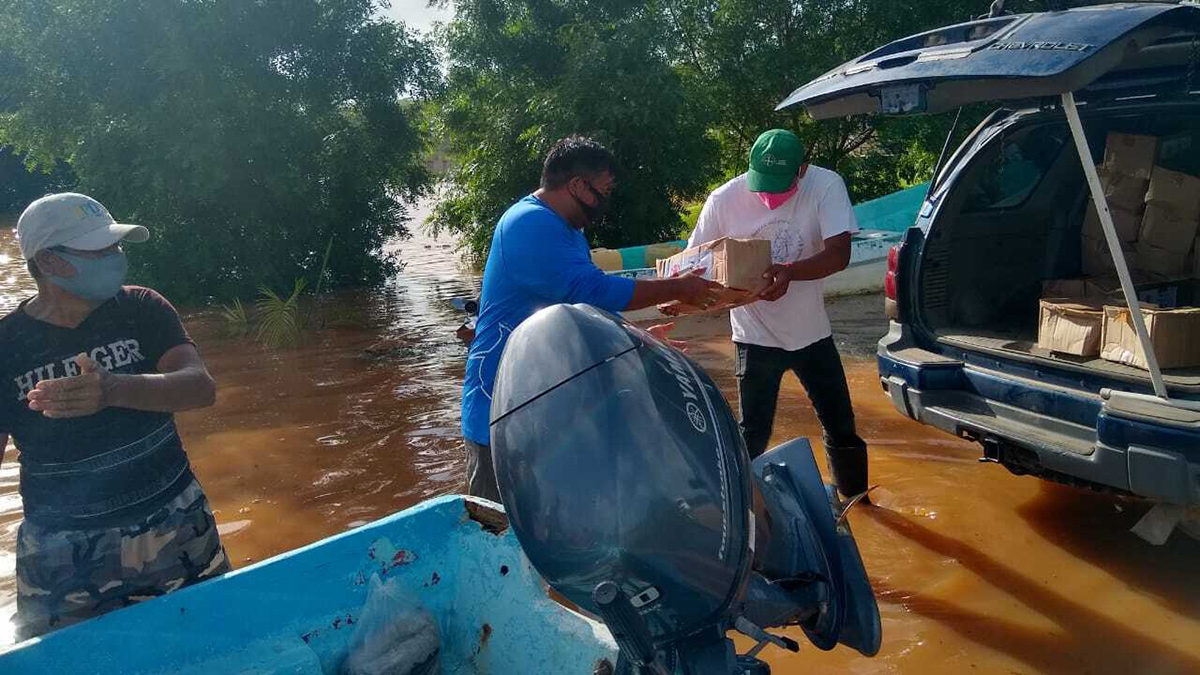
Fortunately, communities’ leadership and partner organizations have been quick to respond. Ka’ Kuxtal Much Meyaj formed a collective with seven other civil society groups more than a year ago, and now they’re working together to support those most affected by the disaster in Hopelchén. They are distributing food and sanitation supplies, and in the next stage of recovery they plan to focus on the reactivation of local agricultural production.
“This [collaborative] work has allowed us to react and attend to the most vulnerable in the entire municipality,” Caamal says. “We are working under the principle of trust and solidarity, recognizing that working as a team we can reach more families and communities.”
Ka’ Kuxtal Much Meyaj is just one of many organizations that have been working collaboratively to respond to the emergency. They include Muuch Kambal, REPSERAM, Save the Children Mexico, UADY, El Hombre Sobre la Tierra, Escuela U Yits Ka’an, Colectivo de OSC de Hopelchén and Colectivo de OSC de Calakmul. They joined dozens more in appealing through newspapers for more support from public and private sectors in Mexico, and they have been evacuating families, assessing damage, gathering donations and planning for what is likely to be a long road to recovery.
Children’s television producer Vientos Culturales brings us the voices of young people affected by the floods
To see Vientos Culturales’ COVID-19 educational videos and learn about their regular programming, visit: https://everychildthrives.com/in-a-pandemic-kids-tv-producers-keep-indigenous-mexican-voices-in-the-conversation/





Comments